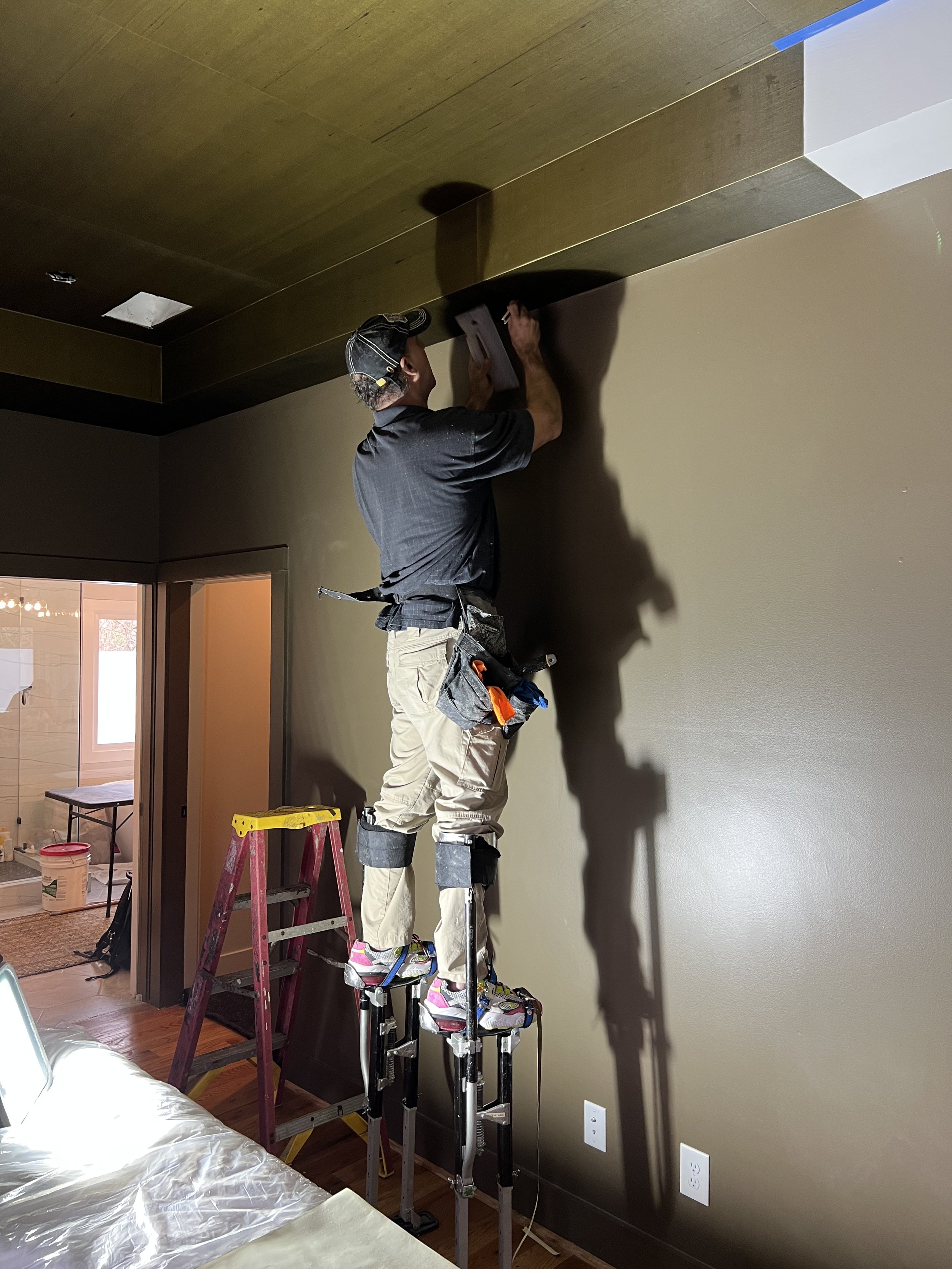In early June, I was accepted into a residency program at The Hambidge Center in northern Georgia. The basis of the project I’ll be working on at Hambidge centers around the characterization of Atlanta as “a city in a forest.” As the city continues to grow and change, this characterization of an environment in balance seems increasingly in question. The city is moving in conflicting directions that harm the environment while also promoting public transportation, housing density, and conservation.
The body of work I’m beginning investigates these ideas by dividing the phrase into “The City/ In a Forest” to view either ends of the balance as they exist today and understand how each is shaped by the other. Dividing the phrase divides the balance between them to consider a future of one without the other. What is Atlanta’s midtown without the nature that surrounds it? How are Atlanta’s greenspaces unique to the city? These are the questions I’d like to explore.
I intend for wallpaper to be the medium for my final work because wallpaper has long been a canvas for both escape and centering. Ancient wall frescos, paintings, early industrial, and modern wallpapers have all commonly depicted both pastoral and urban scenes that owners have used to decorate their homes to add a sense of the places where they feel belonging.
Until I attend in late October, I’ll be studying architecture and greenery in the city by drawing from observation. I plan to share more during the working process for this project because there’s so much work and investigation that I’m sure will happen along the way that the final designs alone can’t capture. If you have feedback through that process or want to open up your backyard to let me draw there, please reach out.































































